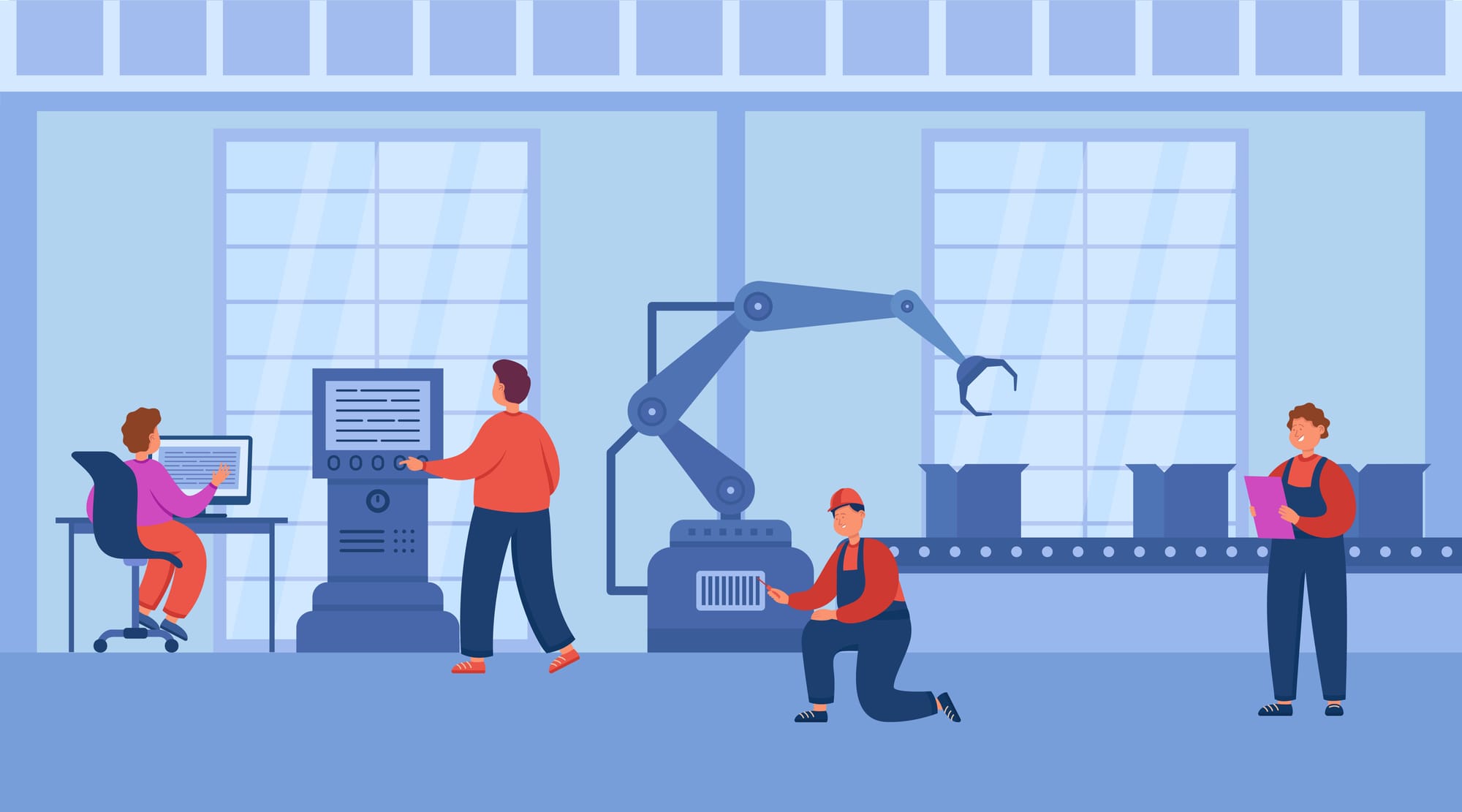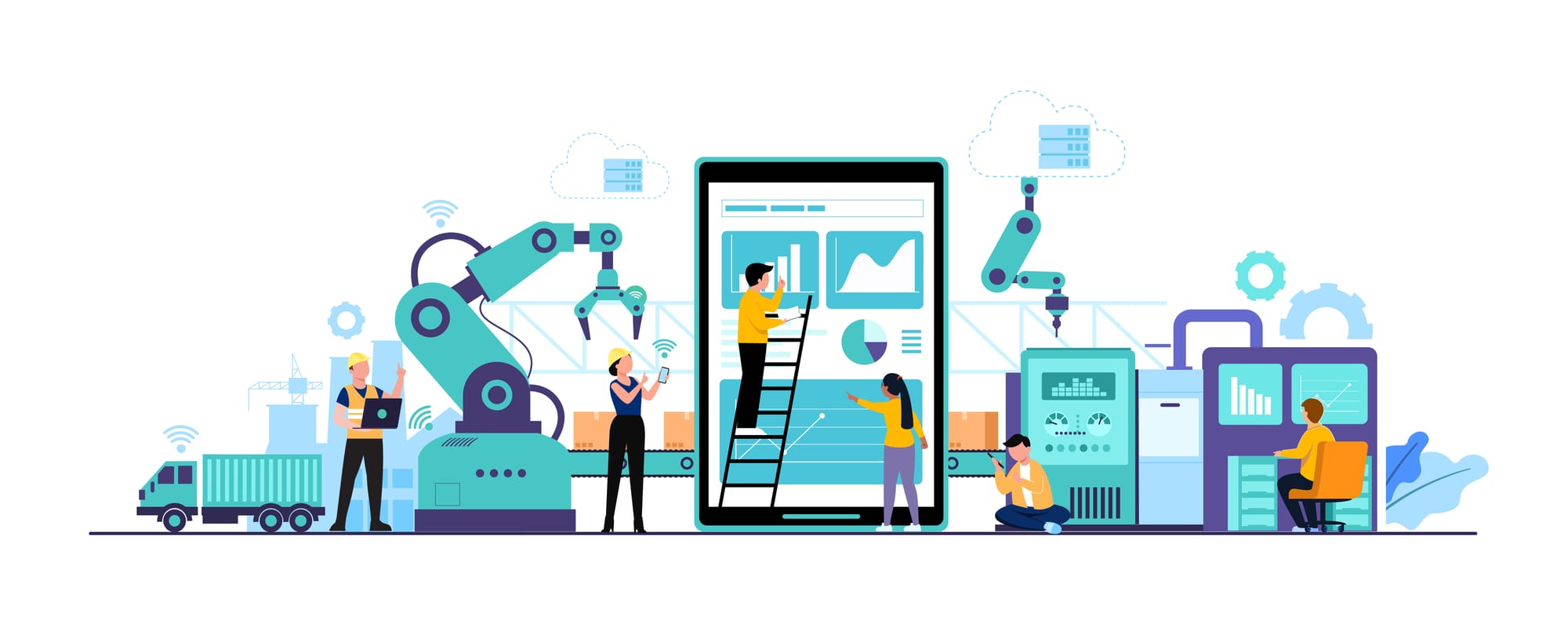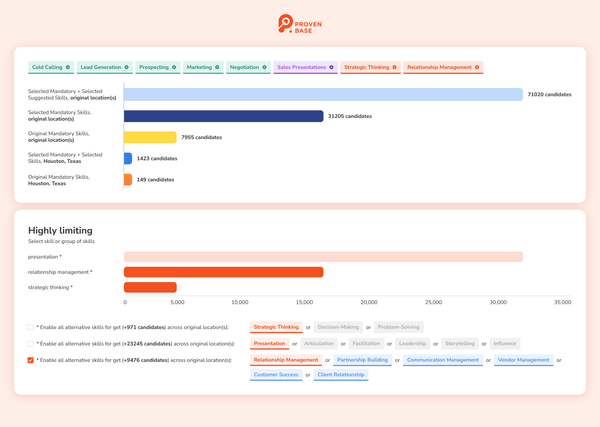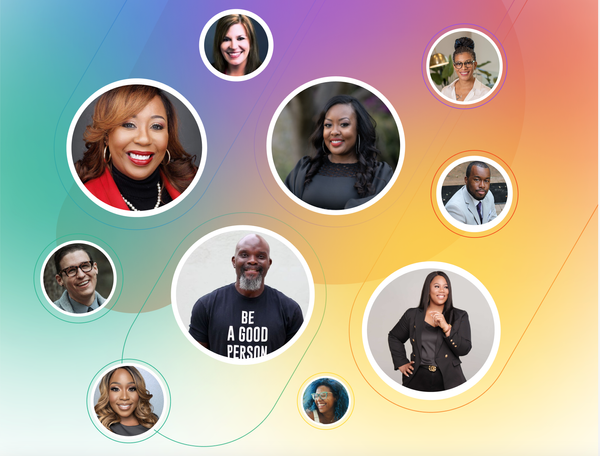Adapt Fast Or Perish: The Mindset (And Skills) In The 4th Industrial Revolution
The Why, How, And What Of A Quiet Talent Transition In The Age Of AI And Automation
Why You Need To Prepare For A Fast Talent Transition
If you invented a time machine and took a person from the year 1100 to year 1550, how would they react? They would look around and see some of the things that have changed, but the overall feeling would be the same since things haven’t changed that much in those 450 years.
However, if you took a person from year 1550 and transported them with a time machine to year 2000, the world they encounter would be unrecognizable. They would see flying machines we call planes, bulks of metal that drive 150 mph we call cars, and small gadgets that allow us to use magic to instantly communicate with someone 10000 miles away we call phones.

This is the Law Of Accelerating Returns and it describes how human progress moves quicker and quicker as time goes on. The more we grow and innovate, the faster we can grow and innovate, creating a cycle that constantly speeds up.
The reason why this law is relevant for you and why you should remember it is because the current market we all work in operates within the Law of Accelerating Returns. Just imagine looking for a social media manager job in 2004 or a blockchain engineer job in 2014. Today, they’re career paths of hundreds of thousands of people.
That’s why, in this article, we’ll prepare you for the world of 2034. And we’re starting with the current status of workplace in 2024.
Workplace of 2024 and The Age of AI
The more we innovate, the faster we can innovate. We went from Web 1.0, the static Web where you simply had pages that simply gave you output, to Web 2.0 in about 16 years (from 1989 to 2005). It was enough time for people to adapt to the changes.
However, we went from Web 2.0, which was about user-generated content such as social media, to Web 3.0 in about 10 years (2005 to 2015). The rate of innovation hastened 50% and the people had to adapt fast.

The World Economic Forum stated in 2017 that the half-life of a skill (how much time will it take for the skill to become only 50% valuable) is only five years. IBM’s research from 2021 stated it to be only 2.5 years. So the speed with which our current skills lose value is increasing and all of this data was before the latest automation and AI changes.
With the rise of AI (and ChatGPT), white-collar employees have started to fear for their jobs. Suddenly, it’s no longer viable to work in a company and go through corporate training every 12 months to stay relevant in the marketplace. Today, you need to update your skills daily because you risk losing it to the newest AI that comes out of automated innovation factories of Google, Amazon, Meta, or OpenAI.

To survive and thrive in this era, you need to prepare yourself for the greatest tech disruption that’s taking the market quietly.
The Quiet Talent Transition
The recent layoffs that struck the tech market aren’t just part of a regular market contraction cycle. True, markets will expand again, but you won’t go back to the same jobs you had five years ago; the job market will have changed drastically by then.

Former Twitter, now X, fired 6,000 people, going from a headcount of 8,000 people to just 1,500 when Elon Musk took over. After the market starts to expand again,
X will start rehiring people, but it will be for fundamentally different roles than before. Some of those jobs have been replaced by AI, but that opened up new (types) of jobs that people will have to fill. Meta fired 22% of their workforce and in the same time, increased their revenue by 25% to prove the same exact point— the jobs have changed and if you adapt, you will find yourself in a favorable position to get those new jobs.
So if you want to prepare for market expansion cycles, you’ll need to do the following three things:
- Learn how to learn. It won’t be enough to simply master a skill; you will need to learn how to effectively learn (meta-learning). If you learn how to adapt yourself to different conditions, you will become irreplaceable to your employers. Research by Barclays Lifeskills shows that 60% of employers believe that adaptability has become more important this decade. And if you quickly absorb new skills, you will be able to adapt to any situation in the company and in the market.
- Reinvent your role in a company. A recent Josh Bersin report stated that the Talent acquisition leaders are in dire need of reinvention for their role. Currently, they’re being left out from the strategic planning process and they keep running around putting out fires to keep CEOs happy. One of the bright examples of TA reinvention happened in Mastercard, where TA leaders reinvented their role to better suit the current business needs.
- Invest in things that don’t change. 20 years ago, Jeff Bezos said that he realized what are the things that won’t change throughout the years and then he focused on them. The half-life of many skills will be even shorter than 2.5 years, but there are skills that will be irreplaceable in the marketplace. The IBM’s report from earlier stated that there are durable skills whose half-life is more than 7.5 years. Human skills will be hard to replace in the marketplace and the top three recruiter skills will be communication, relationship-building, and adaptability.
How Will You Adapt?
What will the future of talent acquisition be? With the tech disruption, the rise of Gen AI, and mass layoffs, it can look pretty gloomy, but it’s not. At Provenbase, we are deeply familiar with these market dynamics and are perfectly equipped to help your company adapt to these evolving changes.
Our cutting-edge technology and comprehensive services are designed to develop a robust talent strategy. We not only help fill current roles but also build a pipeline for emerging positions, ensuring that your business stays ahead of the curve. Our approach equips Talent Acquisition leaders with the tools they need to meet the organization’s ongoing and future needs.




